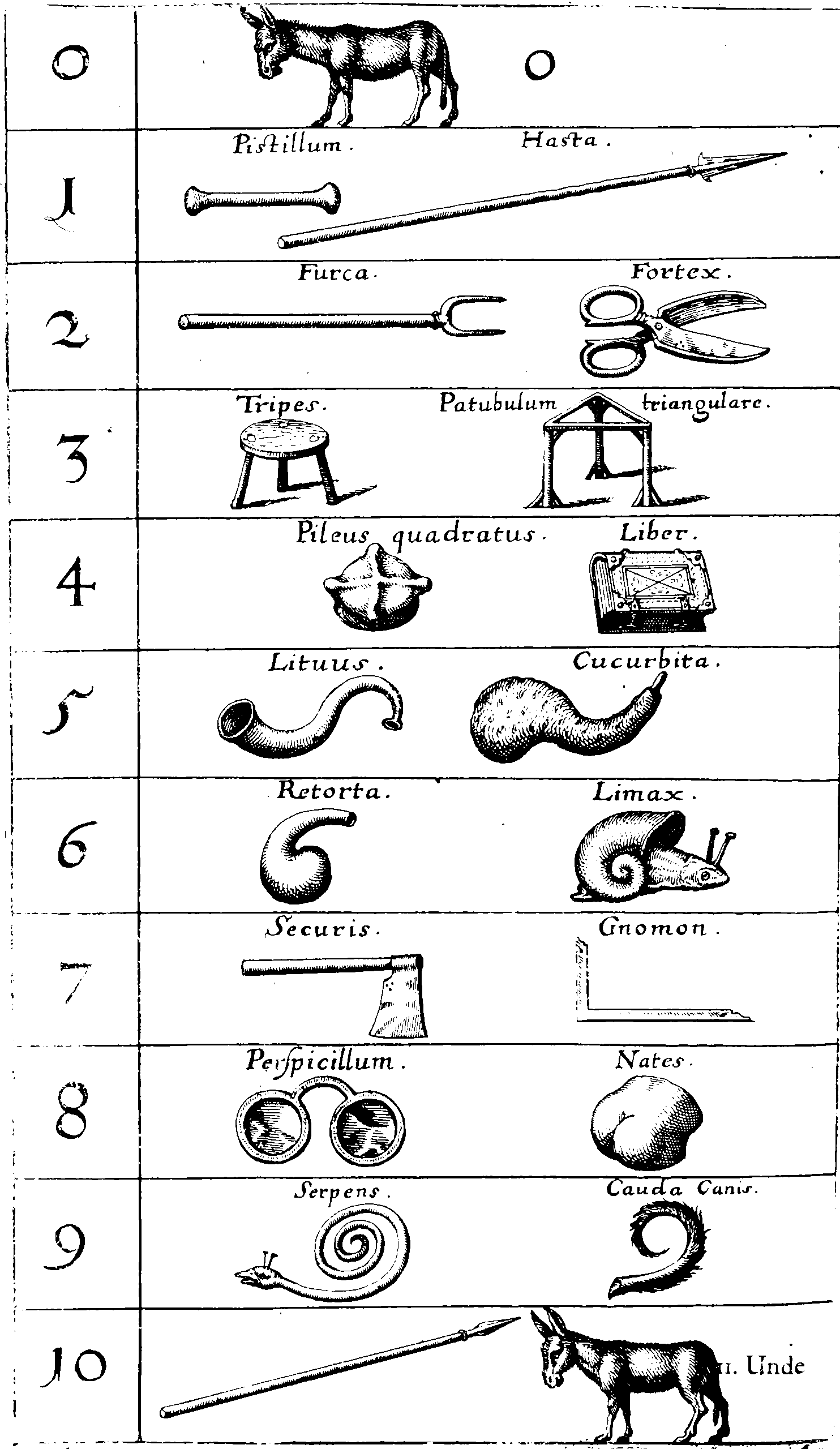The language game
Coevolution of words and meanings
December 29, 2014 — April 1, 2022
adaptive
agents
classification
collective knowledge
communicating
economics
evolution
information
language
learning
mind
networks
social graph
sociology
standards
stringology
virality
Suspiciously similar content
Semantics in communicative context.
When do we need to use words? What words can be maintained between people? (Baronchelli et al. 2010; Loreto, Mukherjee, and Tria 2012) have a toy model for colour words, which is a clever choice of domain.
(Steyvers and Tenenbaum 2005): a connection to categorical stochastics and evolutionary models.
1 Incoming
- Semantics and discourse and values — Scott Alexander’s The whole city is centre.
2 References
Baronchelli, Gong, Puglisi, et al. 2010. “Modeling the emergence of universality in color naming patterns.” Proceedings of the National Academy of Sciences of the United States of America.
Bender, and Koller. 2020. “Climbing Towards NLU: On Meaning, Form, and Understanding in the Age of Data.” In Proceedings of the 58th Annual Meeting of the Association for Computational Linguistics.
Cao, Lazaridou, Lanctot, et al. 2018. “Emergent Communication Through Negotiation.”
Chaabouni, Kharitonov, Dupoux, et al. 2019. “Anti-Efficient Encoding in Emergent Communication.” In Advances in Neural Information Processing Systems.
———, et al. 2021. “Communicating Artificial Neural Networks Develop Efficient Color-Naming Systems.” Proceedings of the National Academy of Sciences.
Enfield. 2023. “Scale in Language.” Cognitive Science.
Havrylov, and Titov. 2017. “Emergence of Language with Multi-Agent Games: Learning to Communicate with Sequences of Symbols.”
Hidaka, and Smith. 2011. “Packing: A Geometric Analysis of Feature Selection and Category Formation.” Cognitive Systems Research.
Jiang, and Lu. 2018. “Learning Attentional Communication for Multi-Agent Cooperation.” In Advances in Neural Information Processing Systems.
Lian, Bisazza, and Verhoef. 2021. “The Effect of Efficient Messaging and Input Variability on Neural-Agent Iterated Language Learning.”
Liu, De Deyne, Jiang, et al. 2023. “Understanding the Frequency of a Word by Its Associates: A Network Perspective.” Proceedings of the Annual Meeting of the Cognitive Science Society.
Loreto, Mukherjee, and Tria. 2012. “On the Origin of the Hierarchy of Color Names.” Proceedings of the National Academy of Sciences of the United States of America.
Lowe, Foerster, Boureau, et al. 2019. “On the Pitfalls of Measuring Emergent Communication.”
Petersen, Tenenbaum, Havlin, et al. 2012. “Languages Cool as They Expand: Allometric Scaling and the Decreasing Need for New Words.” Scientific Reports.
Resnick, Gupta, Foerster, et al. 2020. “Capacity, Bandwidth, and Compositionality in Emergent Language Learning.”
Solé, Corominas-Murtra, Valverde, et al. 2010. “Language Networks: Their Structure, Function, and Evolution.” Complexity.
Steyvers, and Tenenbaum. 2005. “The Large-Scale Structure of Semantic Networks: Statistical Analyses and a Model of Semantic Growth.” Cognitive Science.
Tucker, Li, Agrawal, et al. 2021. “Emergent Discrete Communication in Semantic Spaces.” In Advances in Neural Information Processing Systems.

